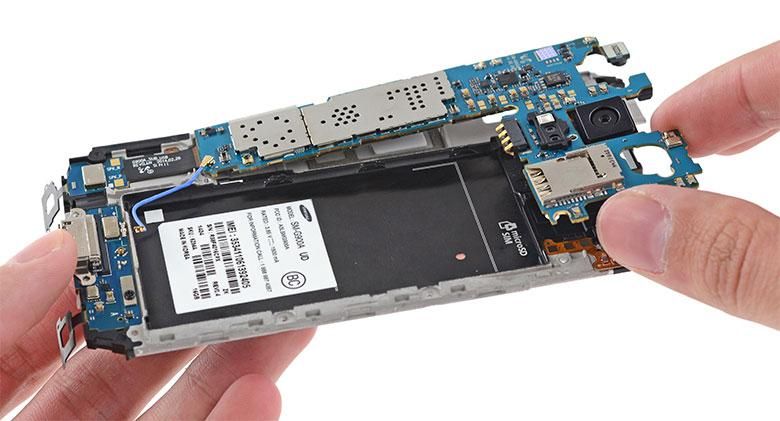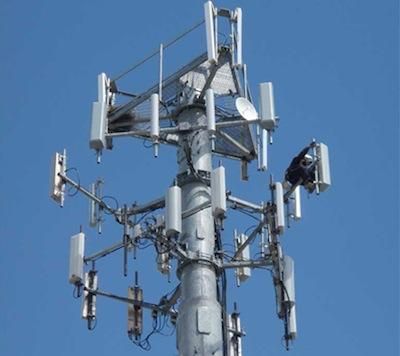Why is it so hard to make a phone that just works everywhere? There are only so many wireless standards, and so many frequency bands, so why isn’t there a phone that can do it all? Sure, we see some models that really make a good show of delivering a handset with broad international support, but the days of separate US and European versions of the same phones continue. But what if we told you that some of these seemingly restricted phones were secretly super-charged global roamers, just waiting to be activated? That’s what some devs are working on now, as they bring enhanced band support to a number of Androids.
The cellular radios in many popular phones are very general-purpose components, ready to work with whatever network a local carrier throws at them. When the phones are sold, the OEM configures those radio chips to support a certain subset of all possible bands. But with a little hacking, many of those dormant bands can be enabled.
The process works on phones built with Qualcomm chips, including many recent flagships. After rooting the handset and installing a custom ROM, some PC software tools can be employed to change the hidden settings that dictate what bands a smartphone communicates over. We’ve heard of success stories from users adding new bands to the Galaxy S5, One M8, OnePlus One, G3, and more.
While the process is quite hands-on and detailed, it’s not supposed to be particularly difficult to pull off, and with a little patience, the instructions seem relatively easy to follow.
It should be noted that not every last single band that’s theoretically supported by a phone’s radio will necessarily function with the handset’s hardware – we imagine issues like frequency-matched antennas get in the way of this being a truly universal solution. But it sounds like an awesome project for users interested in adding a little new functionality to their handsets. If you’re daring enough to give it a try (and don’t blame us if something goes wrong), let us know about you success (or lack thereof) in the comments below.
Source: XDA-Developers (forum post)
Image: iFixit


